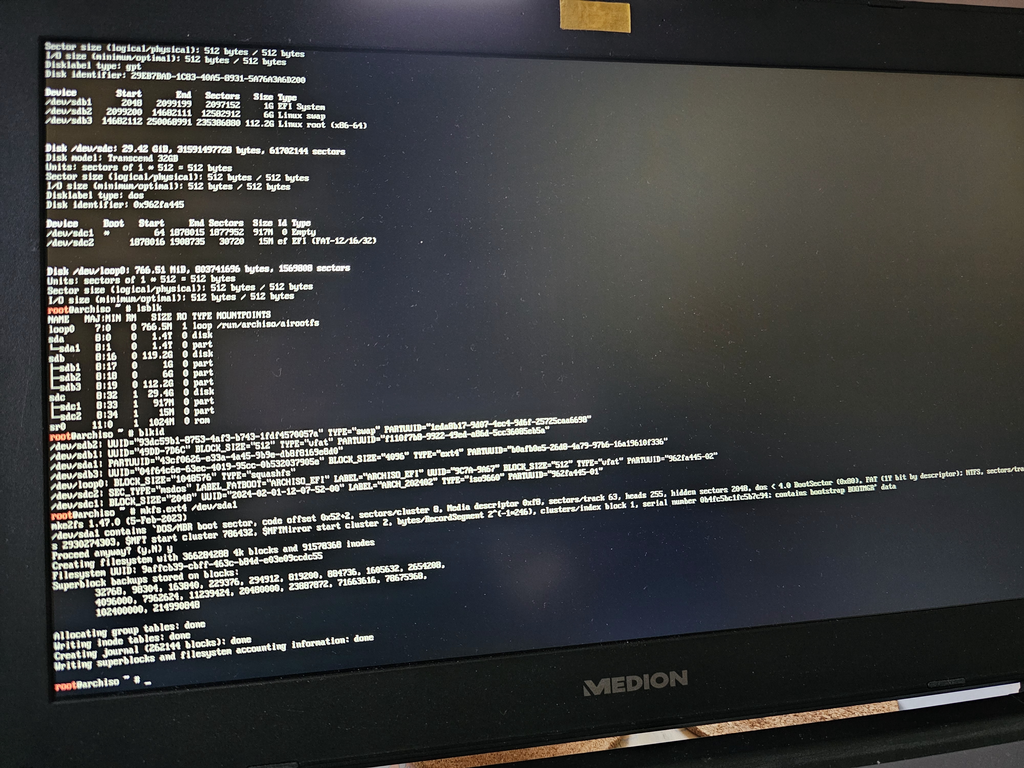- Are you tech-savvy / willing to learn more about Linux and your PC / read the wiki/forums?
- Do you have the time/patience to keep up with the Arch news so you're aware of breaking changes?
- Do you have the time/patience/skills to fix things when they break?
- Do you have the time/patience to get your hands dirty to do manual configuration occasionally?
If the answer to all that is yes, then skip EndeavourOS and just install Arch directly. If you're not considering Arch because it's "too hard" or you don't have the time/patience, then trying to cheat by installing EndeavourOS will only result in pain down the line. The only thing EndeavourOS is doing is making the instalation process easy - it's not making Arch itself any more easier to use.
The manual way of installing Arch is a rite-of-passage that tests your patience and comprehension skills. It familiarises you with the Arch wiki, and forces you to learn more about how the OS works behind the scenes. So when things break in the future, or the time comes for you to do a manual intervention - you already have all the skills and knowledge (or know where to look). If you can pass the test of a manual install, then using Arch is easy-peasy. At this point, you wouldn't care about silly things like stability, because you already know about automated snapshots and restores, bug reports, building/using the latest patch/package from upstream etc... and it's all second-nature to you. Fixing a broken thing is just another day at the office and your brain won't even register it as an issue.
So, don't cheat - if you want to use Arch, just use Arch.
Edit: For those who disagree with me, here's a recent example of a manual intervention I was referring to: being on EndeavourOS or any other Arch derivatives won't save you from having to keep up with Arch news and occasionally having to take manual action like this: https://lemmy.nz/post/7648427
Also please do read the full thread - from the discussions there, you'll see that the steps you'd need to take for that piece of news is not entirely straightforward: some folks might need extra/different steps that's not explicitly described in the news/wiki. This is the kind of stuff you should be prepared to deal with.

